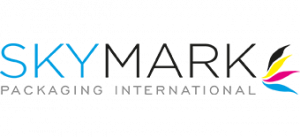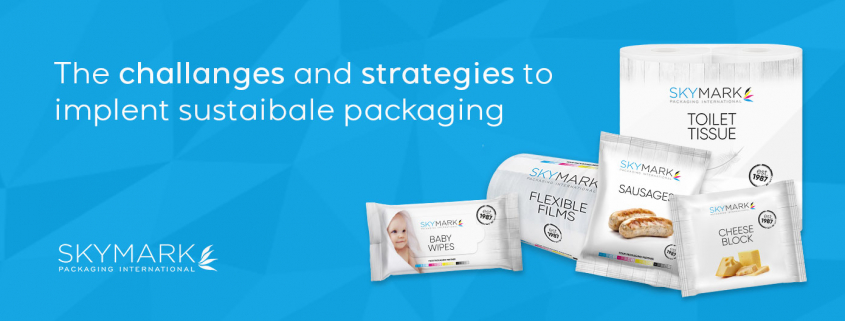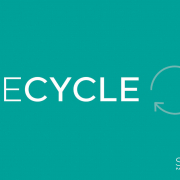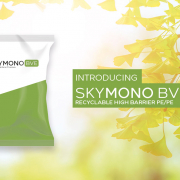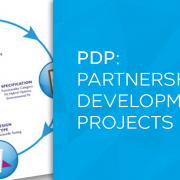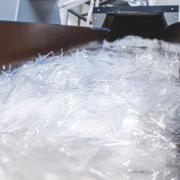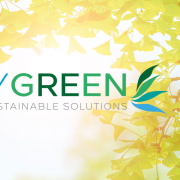Sustainable packaging refers to packaging that is designed, produced, and disposed of in a way that reduces its environmental impact. There are several challenges that companies face when it comes to implementing sustainable packaging solutions. Here are five of the main challenges and some strategies for overcoming them:
Cost:
One of the main challenges of sustainable packaging is that it can often be more expensive than traditional packaging options. One way to overcome this challenge is to consider the total cost of ownership, rather than just the upfront costs. This includes factors such as the cost of disposal and the potential cost savings from reduced waste and reduced energy and resource consumption. Life cycle analysis (LCA) is a tool used to assess the environmental impacts of a product or system throughout its entire lifecycle, from raw material extraction to disposal. LCA can be used to evaluate the sustainability of flexible packaging, as it allows for the identification and quantification of potential environmental impacts and the identification of opportunities for improvement.
We’re dedicated to offering a personalised, collaborative experience, listening to our customers, and understanding their demands and requirements to bring forward thinking, innovation packaging solutions
Dan Richards – Sales & Marketing Director
Some benefits of conducting an LCA of flexible packaging include:
- Identifying environmental hotspots: LCA can help identify the stages of the lifecycle that have the greatest environmental impact, which can inform decisions about where to focus efforts to reduce these impacts.
- Comparing alternatives: LCA can be used to compare the environmental impacts of different flexible packaging materials or design options, allowing companies to choose the most sustainable option.
- Improving efficiency: By identifying areas of the lifecycle that have high environmental impacts, companies can implement measures to reduce these impacts and increase the efficiency of their packaging processes.
- Meeting regulatory requirements: Many governments and organizations have established environmental regulations and standards for packaging, and LCA can help companies meet these requirements.
- Demonstrating sustainability: Companies that use LCA to evaluate and improve the sustainability of their packaging can use this information to communicate their commitment to sustainability to customers and stakeholders.
Overall, LCA can provide valuable information about the environmental impacts of flexible packaging and help companies make informed decisions about how to design and use packaging in a more sustainable way.
Consumer demand:
Some consumers may not be familiar with sustainable packaging options or may not be willing to pay a premium for them. One way to overcome this challenge is to educate consumers about the benefits of sustainable packaging and to make it more widely available.
Here are three benefits of sustainable packaging and strategies for making it more widely available:
- Reduced environmental impact: One of the main benefits of sustainable packaging is that it can reduce the environmental impact of packaging throughout its lifecycle. This includes reducing the use of natural resources, such as water and raw materials, and reducing waste and pollution.
- Cost savings: Implementing sustainable packaging can also result in cost savings for companies. For example, using lightweight packaging materials can reduce transportation costs, and designing packaging for reuse or recycling can reduce disposal costs.
- Improved brand reputation: Consumers are increasingly aware of the environmental impacts of packaging and are looking for products that are packaged in a sustainable way. By using sustainable packaging, companies can demonstrate their commitment to sustainability and improve their brand reputation.
Compatibility with product:
Sustainable packaging options may not always be suitable for certain products, especially those that require special protection or have specific storage requirements. In these cases, it may be necessary to find alternative packaging materials or to design packaging that meets the needs of the product while still being sustainable. However with the help of SKYGREEN we’re able to walk through the necessary steps to ensure that we work in collaboration to innovate and bring the right solution to meet the demands of your products.
Supply chain and logistics:
Implementing sustainable packaging can also require changes to the supply chain and logistics systems, which can be challenging to coordinate and implement. One way to overcome this challenge is to work with suppliers and logistics providers to develop and implement sustainable packaging solutions.
There are several benefits of working with a UK supplier when sourcing sustainable plastic packaging, including:
- Reduced transportation costs: Working with a UK supplier can reduce transportation costs, as the products do not have to be shipped from overseas. This can help to reduce the environmental impacts of transportation and make the packaging more sustainable.
- Improved communication and responsiveness: Working with a UK supplier can also facilitate better communication and responsiveness, as it is easier to meet in person or speak on the phone, and there are fewer time zone differences to contend with. This can be particularly important when working on complex or custom packaging projects.
- Support for local economy: Working with a UK supplier can also support the local economy, as it helps to create and maintain jobs and business opportunities within the country. This can be a key consideration for companies that are committed to sustainability and social responsibility.
Regulation:
Sustainable packaging is often subject to various regulations and standards, which can be complex and vary by region. To overcome this challenge, companies should be familiar with the relevant regulations and standards and work with experts to ensure compliance. In particular the upcoming EPR scheme.
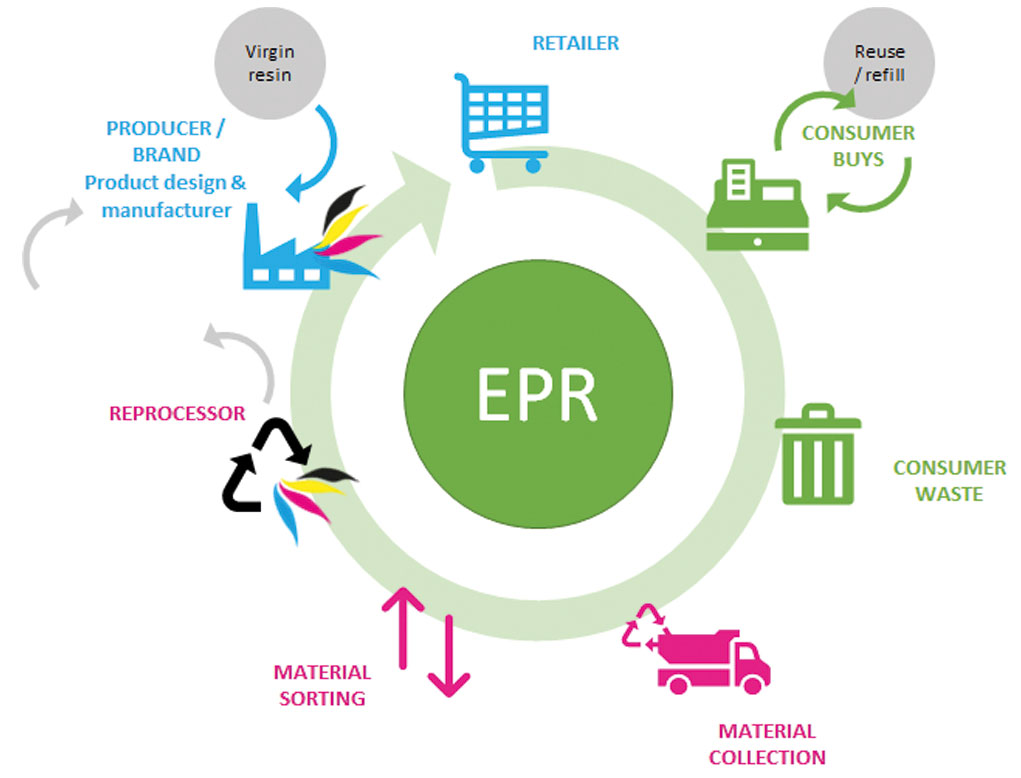
Extended producer responsibility (EPR) is a policy approach that holds producers responsible for the environmental impacts of their products throughout their lifecycle, including the end-of-life phase. Here are three things to consider when implementing EPR:
- The scope of the EPR program: It is important to clearly define the scope of the EPR program, including which products and materials are covered and what responsibilities producers have. This may include requirements for the design of products and packaging to facilitate recycling or reuse, as well as financial or logistical responsibilities for managing end-of-life products.
- The cost of the EPR program: Implementing EPR can involve significant costs for producers, including the costs of complying with regulations, collecting and recycling end-of-life products, and any fees or penalties for non-compliance. It is important to consider the potential costs and benefits of EPR and to design a program that is financially sustainable for producers.
- The impact on consumers: EPR programs can also have an impact on consumers, as they may result in changes to the prices or availability of products. It is important to consider the potential impact on consumers and to communicate any changes clearly to avoid any negative consequences.
Overall, the key to overcoming these challenges is to approach sustainable packaging as a long-term investment and to take a holistic view of the entire packaging lifecycle. This includes considering the environmental and social impacts of packaging materials, design, production, use, and disposal, as well as the economic costs and benefits.
